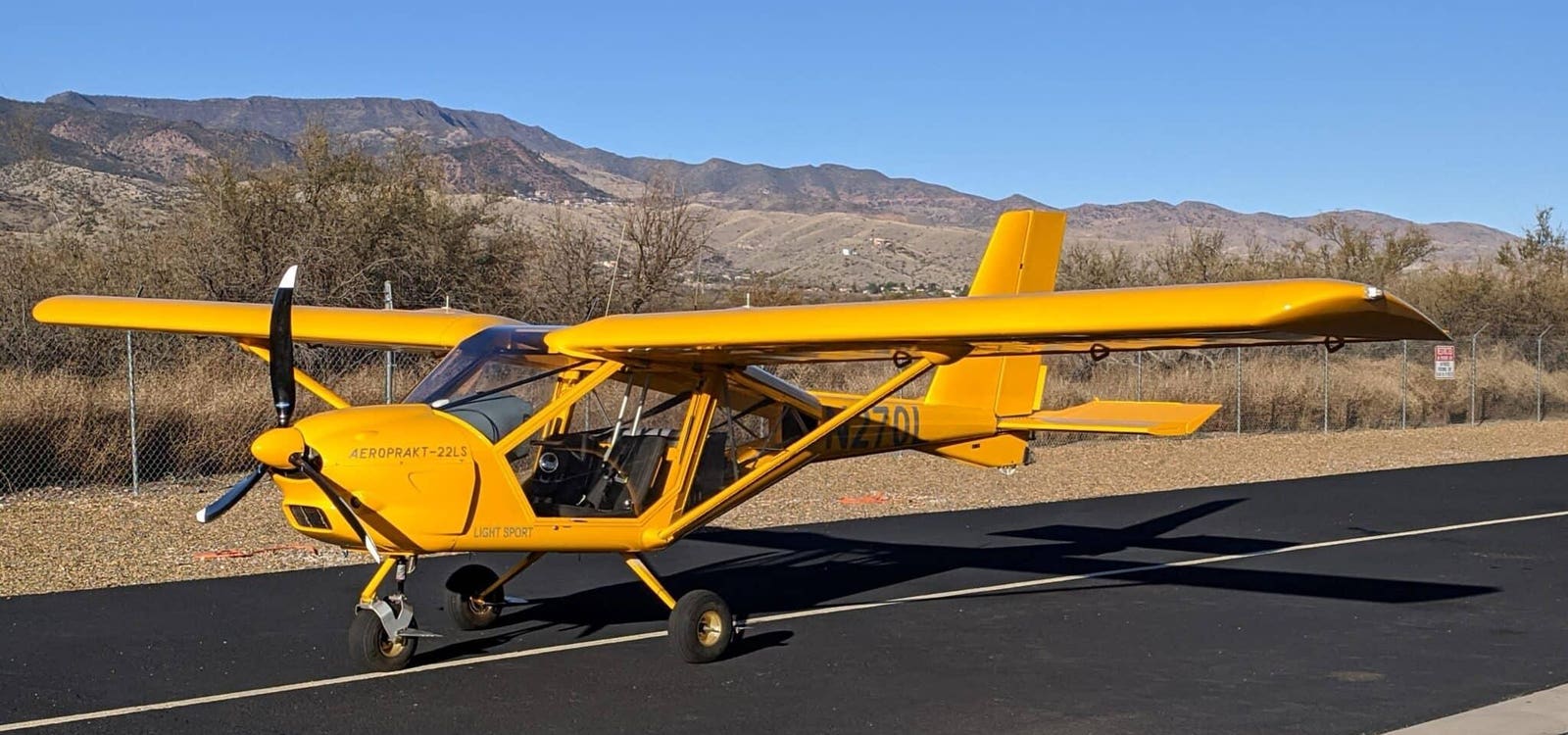Nonsense.
Anecdotal, but my personal experience is that there are MASSIVE delays induced by the schools themselves, and it has absolutely nothing to do with a lack of student preparation.
I passed my FAA written in March. Every single oral or written test I've been handed by the school has been passed easily on the first try.
I completed all of my prescriptive flight requirements in mid-June. I sat on my hands until 2 weeks ago waiting to get a "mock checkride" scheduled with the lead instructor at the school - who has roughly zero availability. The school refused to schedule for a DPE until after that ride was complete. After being re-scheduled multiple times, I completed this August 2 (more than 6 weeks after being cleared for it by my CFI), and was then told that they would "put me on the list" and call the DPE in a couple of weeks to see what availability is, and expect another 90-120 days. As of today, I have heard NOTHING from the school - NOT A WORD. Yesterday I took the plane up for solo practice, and noticed that the "awaiting checkride" list that they have posted on the wall hasn't been updated since before I passed the "mock checkride". It's been almost two weeks, and they haven't even added my name to the list (nor anyone else who got this don in the past two weeks) - seriously? I had to burn 3 half-days of PTO to get this single stage check done (first two got re-scheduled), and they sit on their hands for two weeks? This same waste of time has occurred at every "stage check" in the school's process, and it adds ZERO value.
Since then, I've flown to another state, found a different CFI and gotten a DPE ride scheduled less than 30 days out. Problem solved.
Bluntly put, this school is only concerned about selling flight hours. They want their schedule full, and they don't put forth any level of effort to keep the process moving forward for their student pilots. The longer it takes, the more hours they can bill - and it has become painfully obvious that this is their business model.



